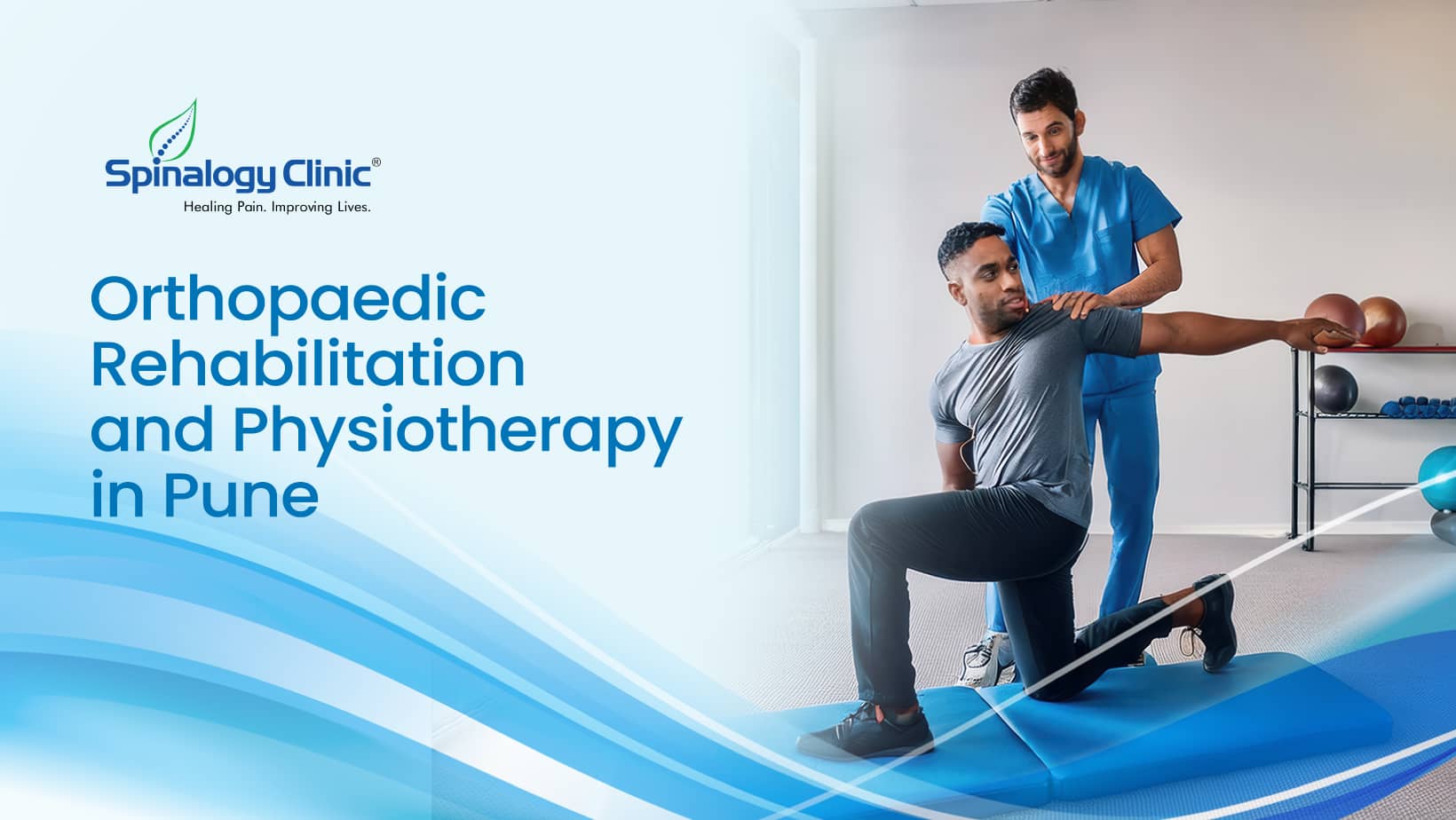Is It a Sprain or a Strain? How to Tell the Difference
Injuries can strike when you least expect them during a friendly football game, a tough gym session, or even while stepping off the sidewalk wrong. We’ve all heard people say they’ve “sprained” or “strained” something, often using the two words like they mean the same thing. But here’s the truth they affect different tissues and need different kinds of care. Knowing the difference can help you take the right action and recover faster.
At Spinalogy Clinic, we understand how challenging musculoskeletal injuries can be. Led by the best orthopedic specialist in Pune, we provide expert, evidence-based care tailored to your needs. Our non-surgical, multidisciplinary approach combines precise diagnosis, physiotherapy, ergonomics, and integrative medicine — all with one goal: helping you recover effectively and live pain-free.
Let’s take a closer look at what really sets a sprain apart from a strain.
What Is a Sprain?
A sprain is an injury to a ligament, the tough tissue bands that connect bones and stabilize joints. Sprains occur when a joint is forced beyond its normal range—think sudden twists, awkward landings, slips, or falls. This overstretching can range from microscopic fiber tears to a complete rupture.
Common symptoms include:
- Pain around the joint, especially with movement or weight-bearing
- Swelling and bruising that may appear within hours
- Tenderness, warmth, and joint instability or “giving way”
- Limited range of motion
The ankle is the most frequently sprained joint, followed by the wrist and knee. Mild sprains may heal with rest and protection, while moderate to severe sprains may need bracing and structured rehabilitation. Accurate diagnosis ensures you protect the joint early and avoid long-term instability.
What Is a Strain?
A strain involves the muscles or tendons (the cords that attach muscles to bones). Strains happen with overstretching or overloading, often during heavy lifting, sudden starts or stops, or repetitive overuse. Poor conditioning, fatigue, or suboptimal posture and technique can increase risk.
Common symptoms include:
- Localized muscle pain that worsens with activation or stretch
- Muscle spasms or cramping
- Weakness and stiffness with inflammation
- Limited movement and tenderness along the muscle or tendon
Typical sites include the hamstrings, lower back, and neck. Mild strains settle with rest and progressive loading; more significant strains may require targeted physiotherapy to restore strength and flexibility. Early, guided rehab prevents lingering weakness and recurrent injury.
Sprain vs. Strain: What’s the Difference?
- Tissue affected
- Sprain: Ligaments (joint stabilizers)
- Strain: Muscles or tendons (movers and force transmitters)
- Where you feel it
- Sprain: Around a joint (ankle, wrist, knee)
- Strain: In the muscle belly or along a tendon (hamstring, lower back, neck)
- Key symptoms
- Sprain: Bruising, swelling, joint instability, pain with joint stress
- Strain: Muscle spasm, tightness, weakness, pain with contraction/stretch
- Common triggers
- Sprain: Twisting, rolling, awkward landings, falls
- Strain: Overstretching, overuse, heavy lifting, sudden acceleration
- Healing timelines (vary by severity)
- Sprain: Days to several weeks; severe tears may take longer and occasionally need surgical opinion
- Strain: Days to weeks; significant tendon injuries need longer rehabilitation
- Early care
- Both benefit from protection, relative rest, compression, and elevation in the first 24–48 hours, followed by graded movement
- Sprains often need joint support (taping/bracing)
- Strains prioritize gentle stretching, then progressive strengthening
For instance, if you twist your ankle stepping off a curb and it swells and bruises, likely a sprain. If you felt a sharp pull during a deadlift and now your hamstring is tight and cramping, likely a strain. Because symptoms can overlap, expert diagnosis matters. A thorough evaluation at Spinalogy Clinic by the best orthopedic specialist in Pune ensures the right treatment, using precise clinical assessment, selective imaging when needed, and a comprehensive, non-surgical pathway integrating physiotherapy, ergonomics, and integrative medicine.
When to Consult an Orthopedic Specialist
You should seek medical care if you experience severe pain, cannot bear weight or move the affected limb, notice numbness or tingling, or observe any visible deformity. Other red flags include swelling or pain that worsens or persists beyond 48–72 hours, repeated “giving way” of a joint, or recurrent muscle strains. Early and accurate diagnosis is crucial to prevent chronic joint instability, muscle weakness, and compensatory issues in other areas. At Spinalogy Clinic, our patient-centric evaluation ensures you receive the diagnostic tests you truly need, and avoid unnecessary ones.
Trust Spinalogy Clinic for Orthopedic Treatment in Pune
In short, sprains affect the ligaments around your joints, while strains involve muscles or tendons. Both may seem minor at first, but ignoring them or trying to “tough it out” can slow your recovery or even make things worse. That’s why timely, tailored care is so important.
At Spinalogy Clinic, our best orthopedic specialists and expert physiotherapists in Pune are here to guide you every step of the way. From accurate diagnosis to personalized, non-surgical treatment and a structured rehab plan, we focus on helping you recover faster and move safely pain-free. Don’t wait for the pain to decide your pace; take the first step toward full recovery with expert care today. Book your appointment today!




